|
7/31/2019
Swimming With Gentle GiantsPhoto courtesy of Tourism Australia I love the ocean. I am fascinated by the creatures that call it home. I enjoy snorkeling, and someday I'll learn how to scuba dive to get an even closer look. As with many other places on this earth, some things you need to see with your own eyes. Pictures just don't do it justice. One such experience is swimming with the gentle giants of the sea, whale sharks. Luckily diving equipment isn't required - just snorkeling. And despite their intimidating size, whale sharks pose no threat whatsoever. I admit that large mouth looks like it could swallow me whole, but thankfully they only eat plankton. And that's where you'll find whale sharks - in tropical and warmer oceans that are plankton rich. My top 3 locations are destinations I've been longing to see for many additional reasons - swimming with whale sharks would be icing on the cake. They are: Ningaloo Reef The Ningaloo Marine Park is located in Western Australia, near Exmouth. A fringing reef approximately 160 miles long, large numbers of whale shark congregate in this area every year between March and August. Humpback whales, manta rays and hundreds of species of tropic fish add to the excitement. Other reasons to visit Western Australia? Check them out here. Sea of Cortez The Sea of Cortez (also known as the Gulf of California) is called the world's aquarium, given the wide range of marine life found in these waters. Fish, dolphins, playful seals, flying rays and whale sharks provide great entertainment in the water. The best time to see the sharks is between November and March. The area, in my opinion, is best experienced on a small ship cruise. Along with the marine wildlife, ships take you to more remote areas where you can kayak, take trail rides, walk pristine beaches and hike up to gorgeous vistas - places accessible only by sea and where bigger ships can't dream of going. An added plus: day trips to the Pacific side to see the humpback whales and their newborn calves, best in February and March. Photos courtesy of Uncruise Galapagos Islands The Galapagos Islands are just simply a must see destination for anyone who loves nature and wildlife. The unique species, like the Galapagos penguin, marine iguana and giant tortoises, and the unique landscapes of each island simply makes this a trip of a lifetime. The Galapagos Islands are a year round destination, but to see the whale sharks, go between June and November. The sharks are found mostly near Darwin Island. THE WORLD IS WAITING FOR YOU. LET ME HELP YOU DISCOVER IT! Call 602.540.7338 or click here to start the discovery process. Comments are closed.
|
Laurie Marschall - Owner and Founder
|

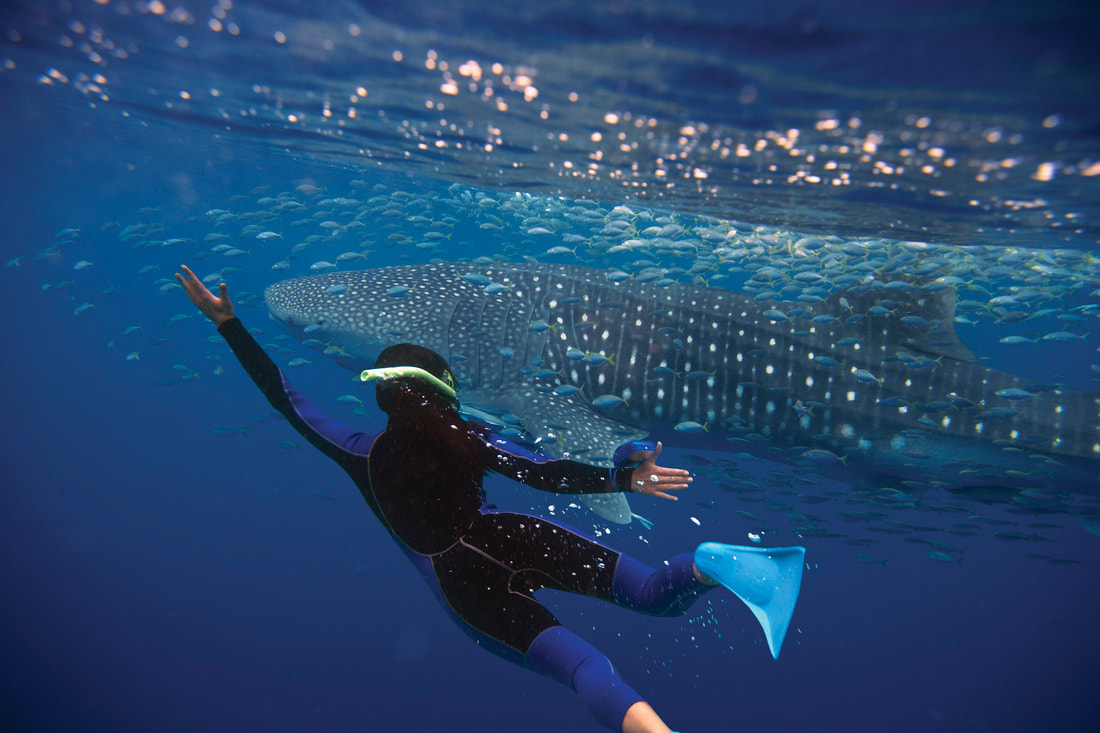
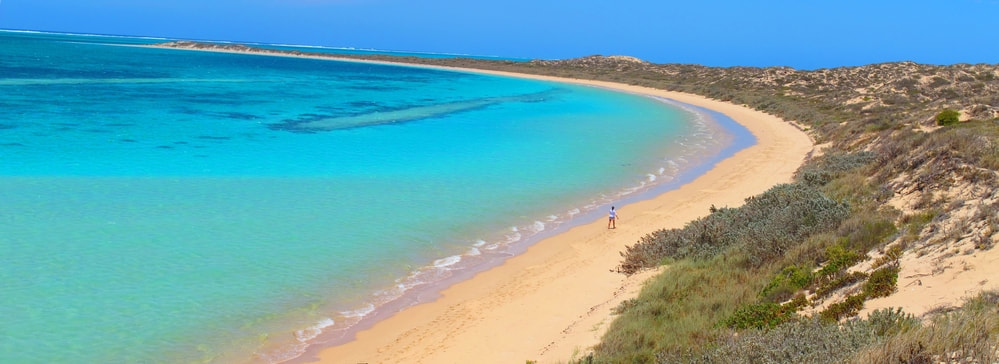
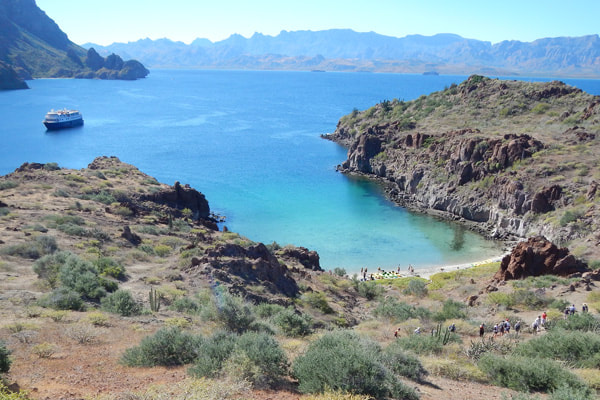
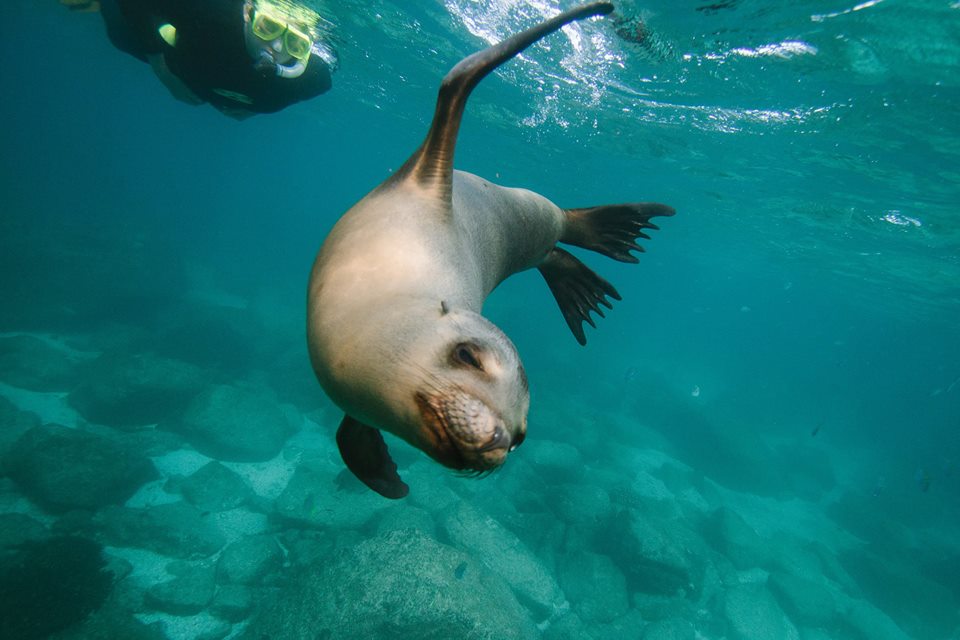
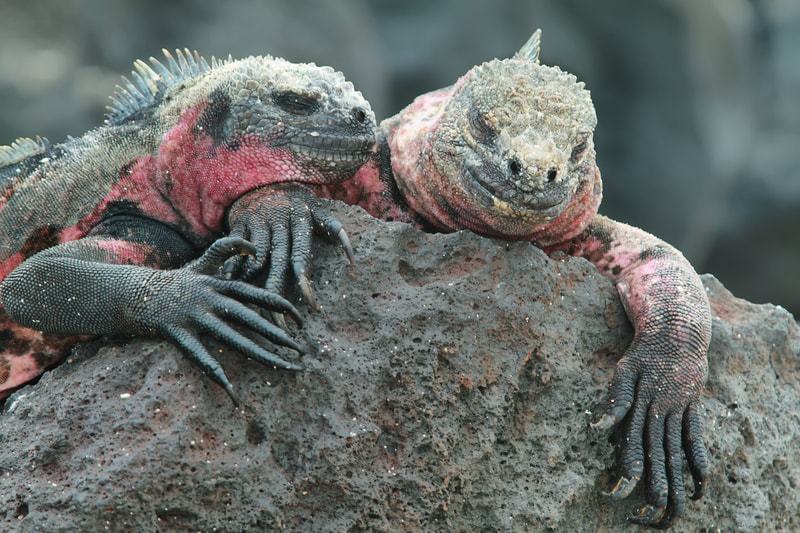
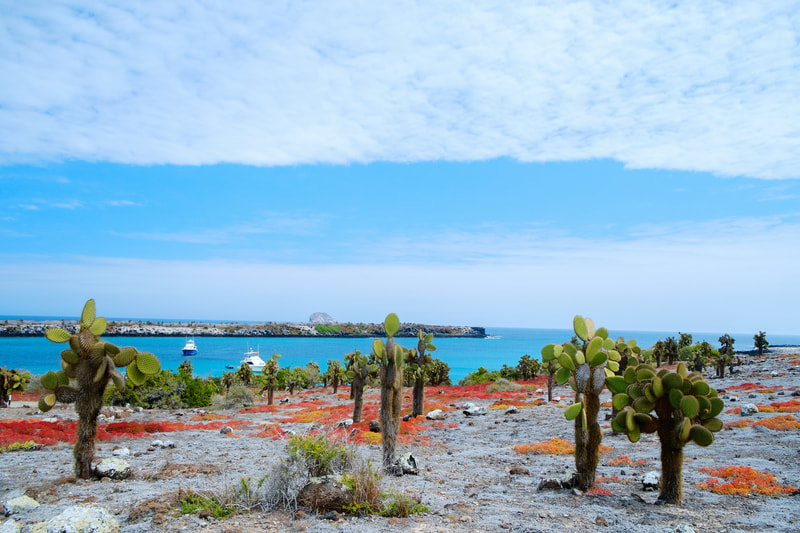

 RSS Feed
RSS Feed
